Maurice Sendak—like some few other exceptional children’s authors—also did work for adults, and in at least one case, did adult work, in his illustrations for a controversial 1995 edition of Herman Melville’s Pierre: or, The Ambiguities. The drawings are erotic, as well as homoerotic, illustrating the gay subtext in the novel. Sendak may seem like an unlikely illustrator for the Moby Dick author’s work; he was already an unlikely American children’s literary icon—“Jewish, gay, poor,” he nonetheless became “a major cultural influence,” writes blog BLT. As Sendak declared in an interview with Bill Moyers, he learned to “find a separate peace” from his own anxiety not through religious faith but through a “total faith in art.” “My gods,” Sendak told Moyers, “are Herman Melville, Emily Dickinson, Mozart,” among others. The author of Pierre figured highly in that divine hierarchy.
But Melville, at the time of Pierre’s publication, was not loved as a god. Shunned by critics and the reading public after the devastating reception accorded Moby Dick, his self-professed greatest work, Melville felt further humiliated when his publisher demanded he accept 20 cents on the dollar instead of 50 for the next novel, Pierre. Crushed, he signed the new contract. Then, though he had been satisfied with Pierre, considering the novel finished at the end of 1851, he added 150 pages, much of it a scathing, sardonic indictment of the literary establishment, including a non-too-subtle chapter titled “Young Literature in America.”
Whether the expansion was, as Maria Popova suggests at Brain Pickings, an eloquent riposte to his critics, or, as Library Journal suggests, made at the behest of his publishers (unlikely) is unclear. University of Delaware professor Herschel Parker, the Melville scholar who edited the Sendak edition of Pierre, admits, “we had NOT known when the expansion started and had not known just why.” Sendak himself describes Pierre as “a great and ingenious work of art.” Of the notion that Melville’s additions were “a vindictive diatribe against all his critics” Sendak speculates, “he might have been mad and hurt—He must have been mad and hurt. But he wouldn’t have spent that much time on a book being just mad and hurt.”
Sendak, a lifelong amateur Melville scholar, knows what he’s talking about. His familiarity with the author is such that his opinion was cited approvingly in the acknowledgments of a scholarly edition of Moby Dick. Despite Sendak’s comments in defense of Melville’s later additions, his and Parker’s version of Pierre attempts to strip them out and restore the novel to its earlier form, one Melville called his “Kraken book.” Sendak apparently initiated the project in order to publish the drawings. In them, writes John Bryan in a review for College English, “Pierre is a full-blown adolescent: muscular, ecstatic, desperate, devoted, and lonely; he is the man-child invincible.” The novel’s hero spends much of his time a blue Superman outfit, “red cape and all,” so tight “that it is skin itself, concealing nothing.”
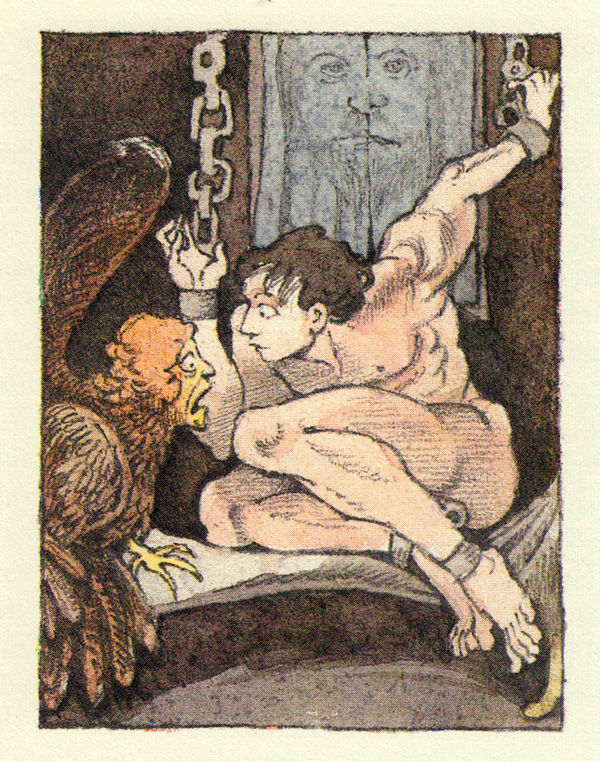
Bibliokept compares the illustrations to William Blake. They also contain references to Goya and other artists who explored the grotesque, as well as the morbid, transgressive sexuality of the Pre-Raphaelite painters. “Nowhere else in the history of Melville illustration,” writes John Bryan, “do we find such openings into the latent sexuality of Melville’s prose.” Brain Pickings describes the drawings as “the most sexually expressive of any of his work, featuring 27 discernible nipples and 11 male ‘packages’…. Bold, unapologetic, and incredibly sensual, the illustrations are also subtly subversive in their treatment of gender identity and stereotypes.”
See many more of these heroic and sensual illustrations at Brain Pickings. “The Kraken Edition”—as Sendak’s Pierre is called—can be had in rather pricey hardcover or used, and apparently now out of print, paperback.
Related Content:
The Only Drawing from Maurice Sendak’s Short-Lived Attempt to Illustrate The Hobbit
An Animated Christmas Fable by Maurice Sendak (1977)
Josh Jones is a writer and musician based in Durham, NC. Follow him at @jdmagness
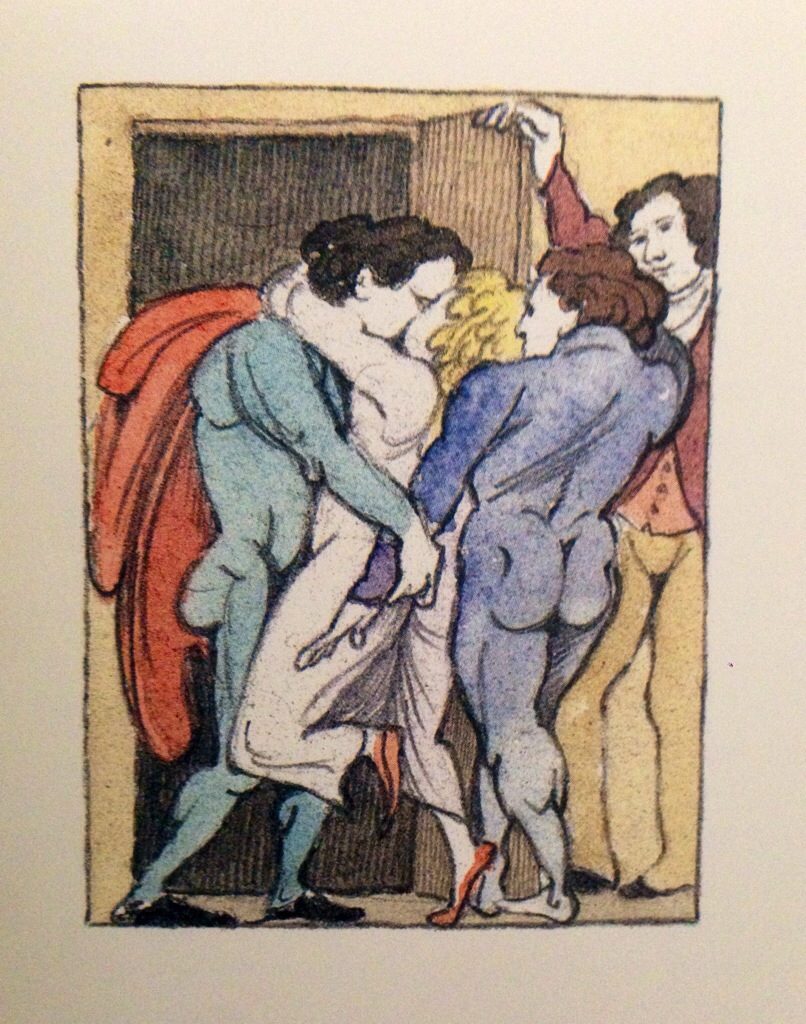
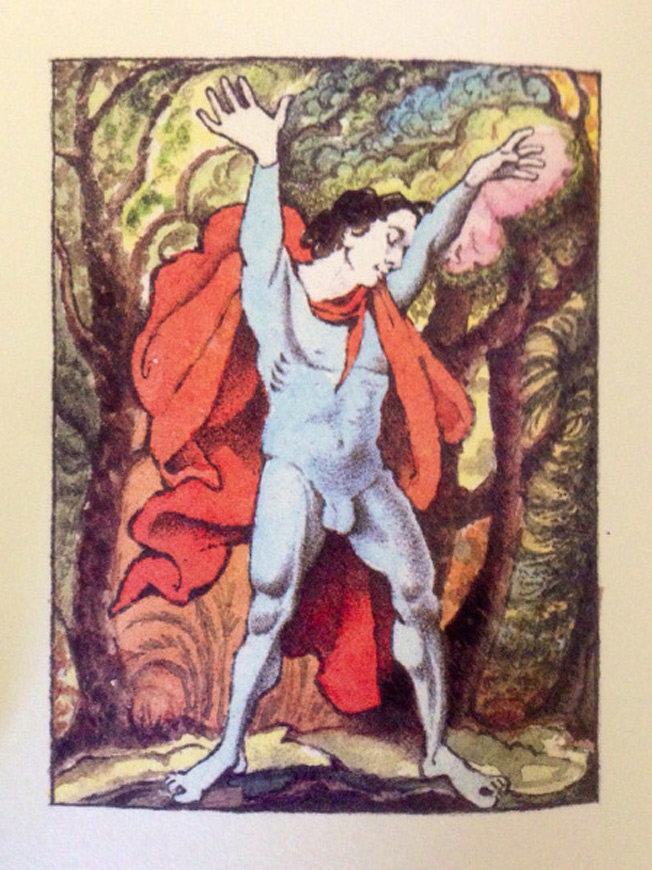
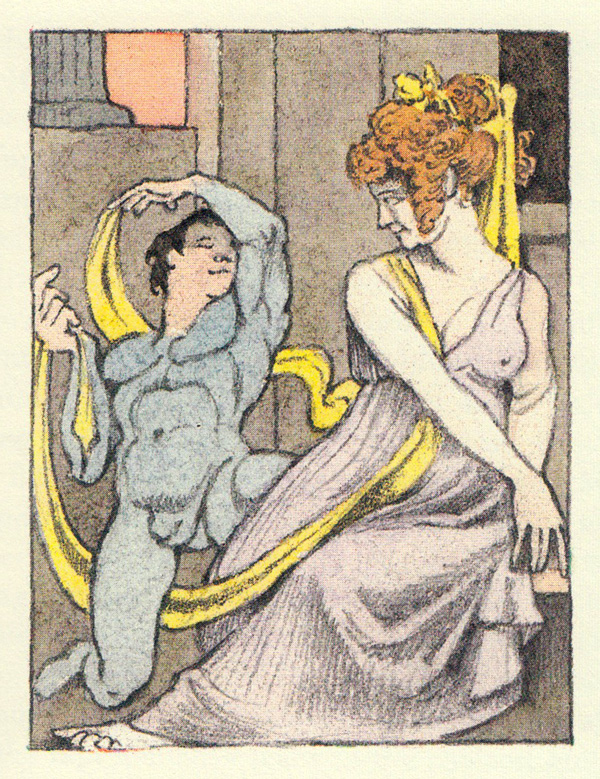
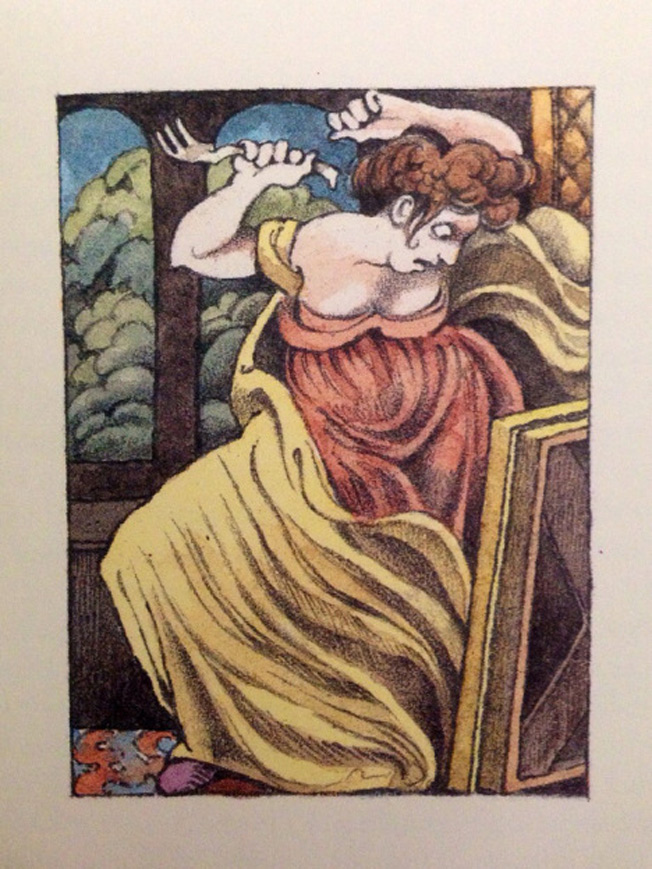


Pierre at Project Gutenberg:
http://www.gutenberg.org/ebooks/34970